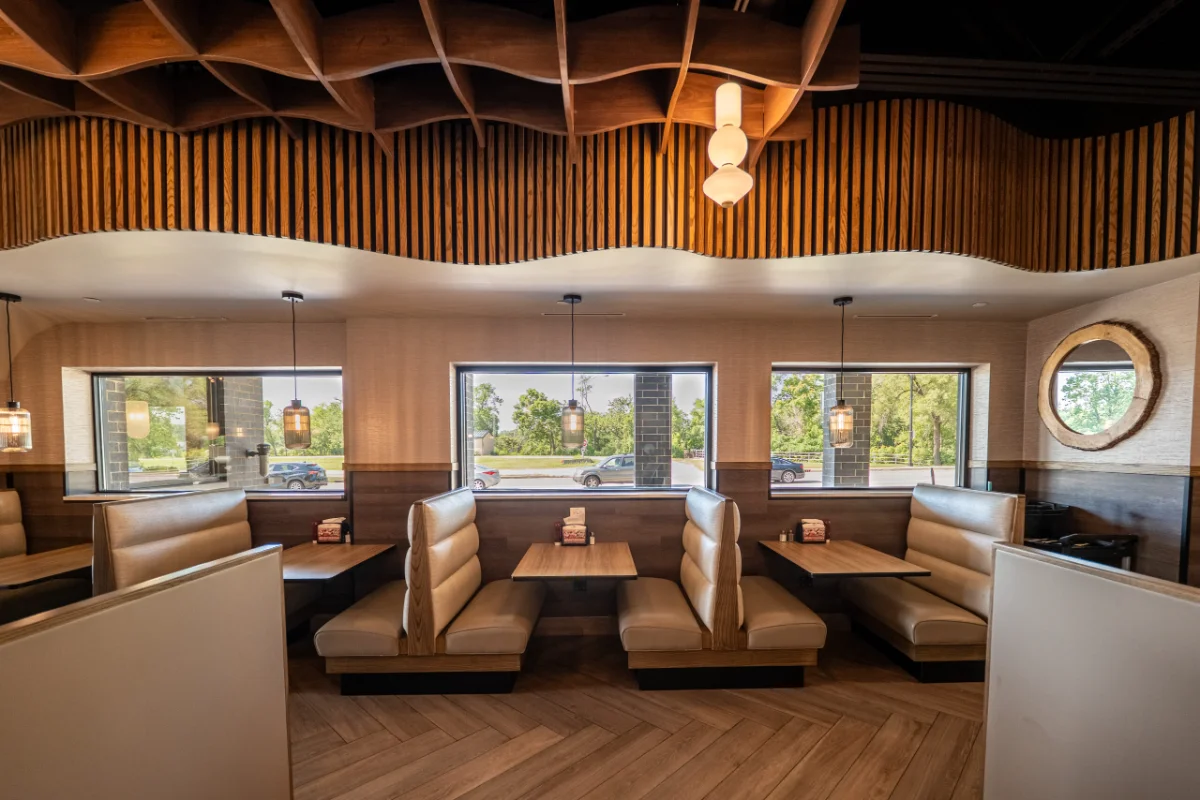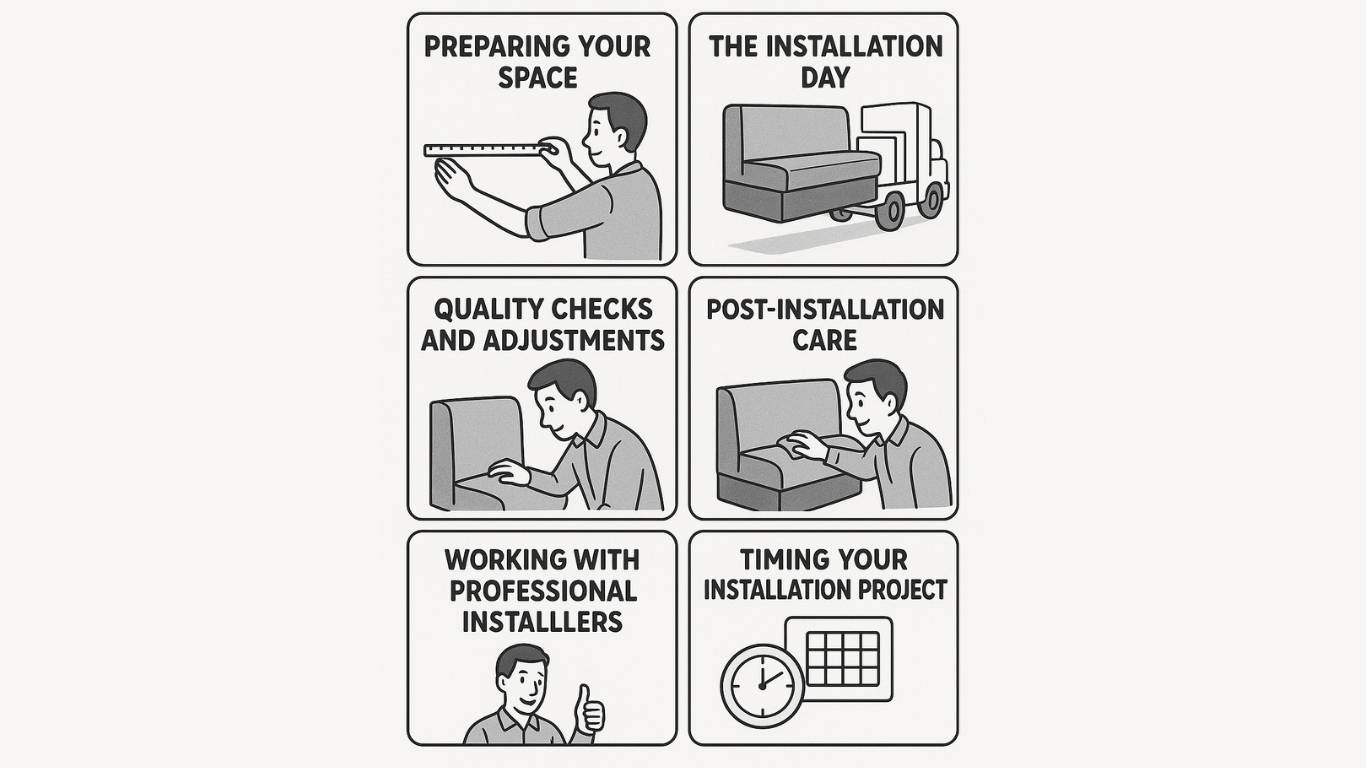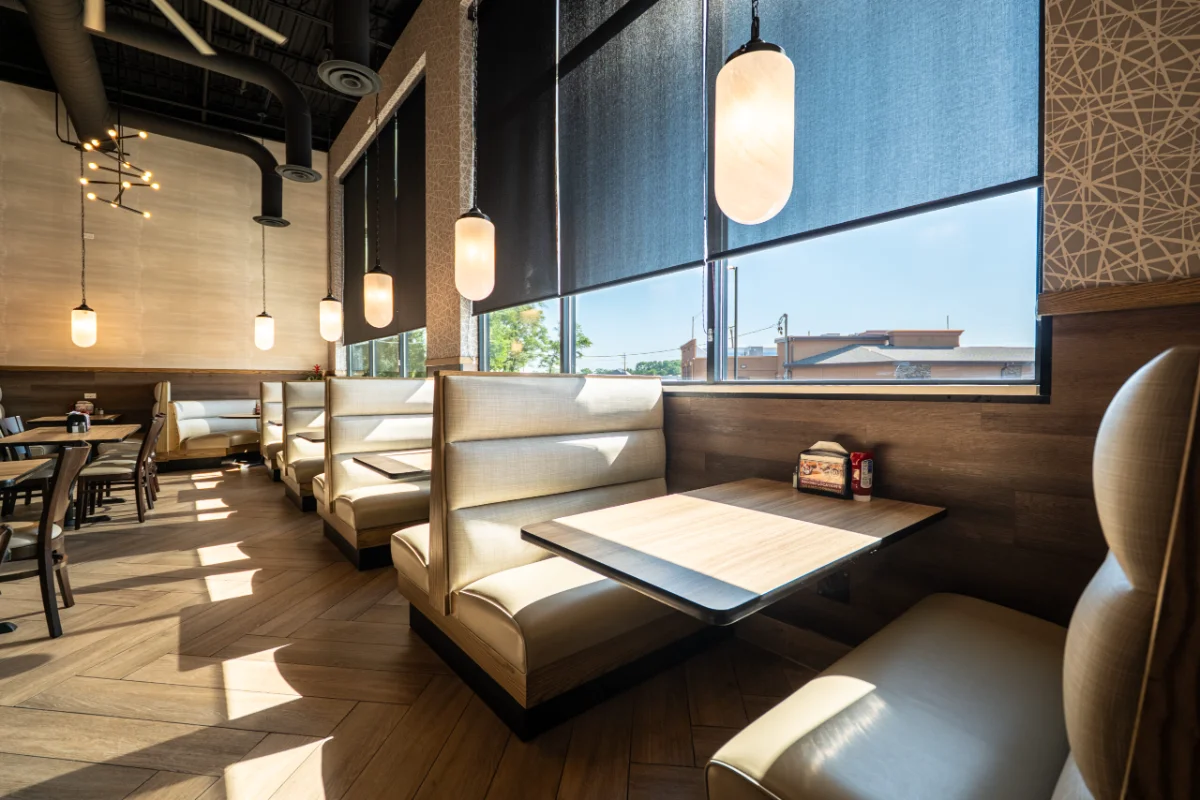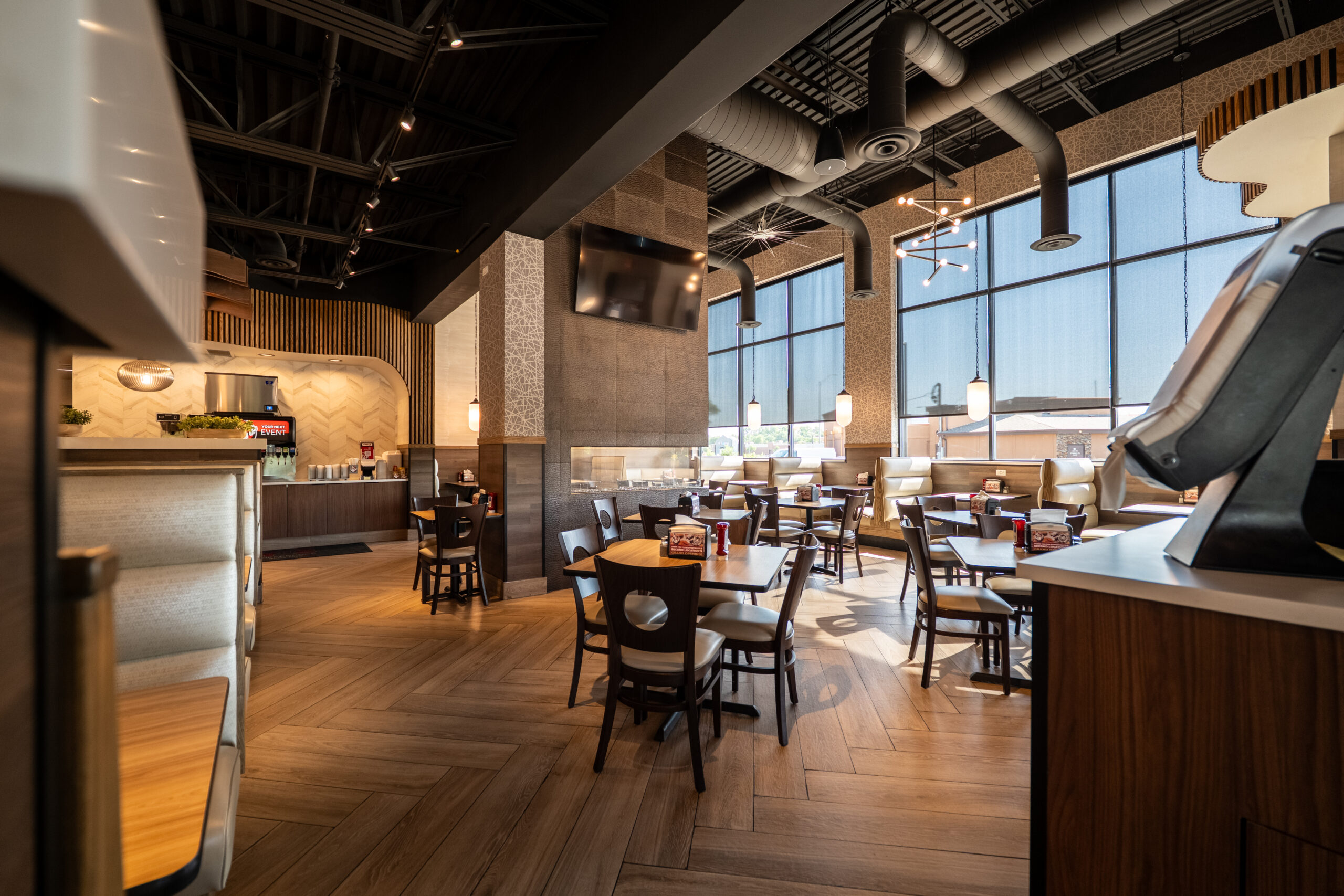
Table of Contents
When it comes to creating an inviting dining atmosphere, the installation process is just as important as selecting the right seating. At All About Seating, we’ve perfected the art of restaurant booth installation to ensure your establishment benefits from both aesthetic appeal and long-lasting durability.
Understanding the complete installation journey helps restaurant owners and managers make informed decisions and set realistic timelines for their projects. Whether you’re opening a new location or renovating an existing space, proper booth installation forms the foundation of a comfortable dining experience that keeps customers returning.
Planning Your Booth Installation
The installation process begins well before the first piece arrives at your location. Accurate space measurements are essential for ensuring your booths fit perfectly within your dining area. Professional installers will create a detailed floor plan that maximizes seating capacity while maintaining comfortable traffic flow and meeting all accessibility requirements.
During this planning phase, consider factors like wall anchoring points, electrical outlet locations for charging stations, and proper spacing between booth rows. Most commercial-grade booths require wall reinforcement to support their weight safely, especially for tall-back designs.

Preparing Your Space
Before installation day, your dining area needs proper preparation. This includes ensuring flooring is level and fully cured if recently installed. Uneven floors can cause wobbling and premature wear on booth bases. Additionally, walls should be painted and finished because accessing these areas becomes significantly more difficult once booths are installed.
Clear the installation area completely and protect any finished surfaces that installers might need to work around. If you’re replacing old booths, removal should be scheduled with enough time for any necessary wall repairs or floor refinishing.
The Installation Day
Professional installation typically takes one to three days depending on the number of booths and complexity of the layout. Installers arrive with all necessary tools and hardware, including anchoring systems specifically designed for commercial applications.
The process starts with positioning booth bases according to the approved floor plan. Each base gets secured to the floor using commercial-grade anchoring systems that prevent shifting during use. Wall-mounted benches require secure attachment to wall studs or blocking, never just to drywall alone.
Table mounting comes next, with installers ensuring all surfaces are level and stable. Freestanding booth configurations require special attention to balance and stability since they lack wall support. Many restaurants opt for booth seating from All About Seating because our installation teams have extensive experience with various booth styles and configurations.
Quality Checks and Adjustments
After positioning and securing all components, installers perform thorough quality checks. They test every booth for stability, check that all fasteners are properly tightened, and verify that table heights work comfortably with the seating.
This is when minor adjustments happen—shimming bases to compensate for slight floor irregularities or fine-tuning table positions for optimal comfort. Professional installers understand that these small details make the difference between adequate seating and exceptional customer experience.
Post-Installation Care
Once installation is complete, your booths need a brief settling period. Avoid heavy use during the first day to allow adhesives and sealants to fully cure. Installers should provide maintenance instructions specific to your upholstery material and finish.
Regular maintenance extends booth lifespan significantly. Inspect wall anchors periodically to ensure they remain secure, especially in high-traffic areas. Clean upholstery according to manufacturer guidelines, and address any small tears or damage immediately to prevent expansion.
Working with Professional Installers
While some restaurant owners consider DIY installation to reduce costs, professional installation offers significant advantages. Experienced installers complete the work faster, have proper tools and equipment, understand local building codes, and provide warranties on their workmanship.
Professional teams also minimize disruption to your operations. They work efficiently within your timeframe, whether you need installation completed before opening or during a temporary closure.
Timing Your Installation Project
Most booth installation projects span two to four months from initial consultation to completed installation. This includes design consultation, custom manufacturing time, delivery coordination, and the installation itself.
For renovation projects, timing installation during slow seasons minimizes revenue impact. Many restaurants schedule major seating updates during traditionally slower months, completing work before busy holiday seasons.
Making Your Investment Count
Quality booth installation represents a significant investment in your restaurant’s future. Properly installed commercial booths can serve your establishment reliably for ten to fifteen years or longer with appropriate maintenance.
The installation process might seem complex, but working with experienced professionals ensures smooth execution and results that enhance your dining environment. Your customers will appreciate the comfort and stability of well-installed booths, even if they never consciously notice the craftsmanship that went into creating their dining experience.
Taking time to understand the installation process helps you prepare adequately, communicate effectively with your installation team, and maintain your booths properly once they’re in place. The result is beautiful, durable seating that supports your restaurant’s success for years to come.
continue reading
Related Posts
Choosing the right booth dimensions can transform your restaurant’s dining
Choosing the right seating for your restaurant directly impacts customer



